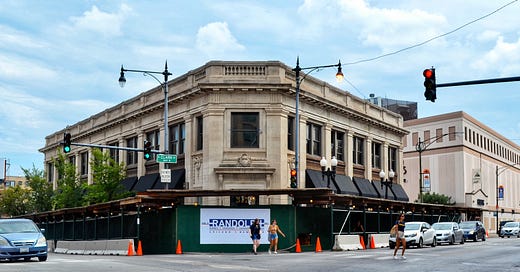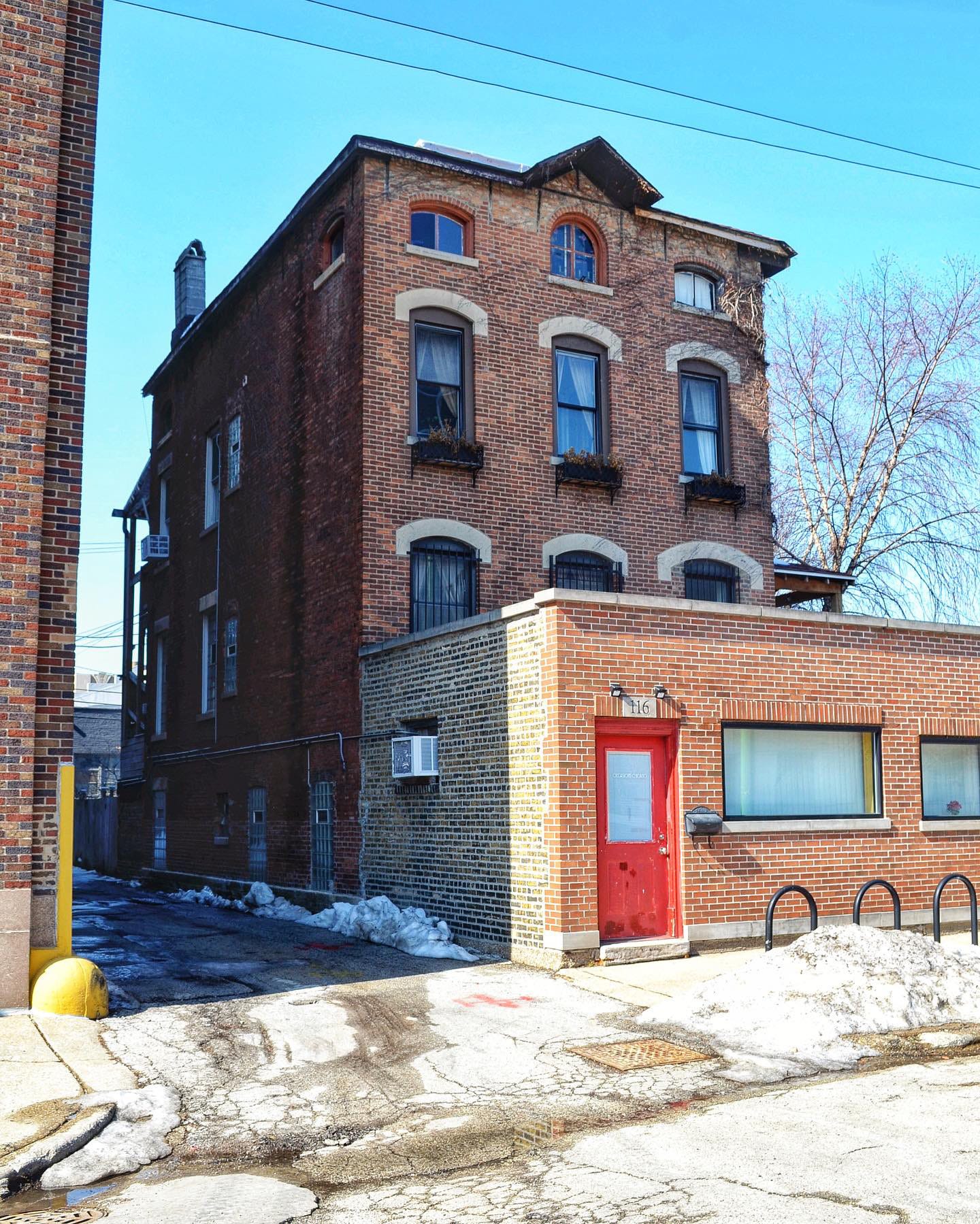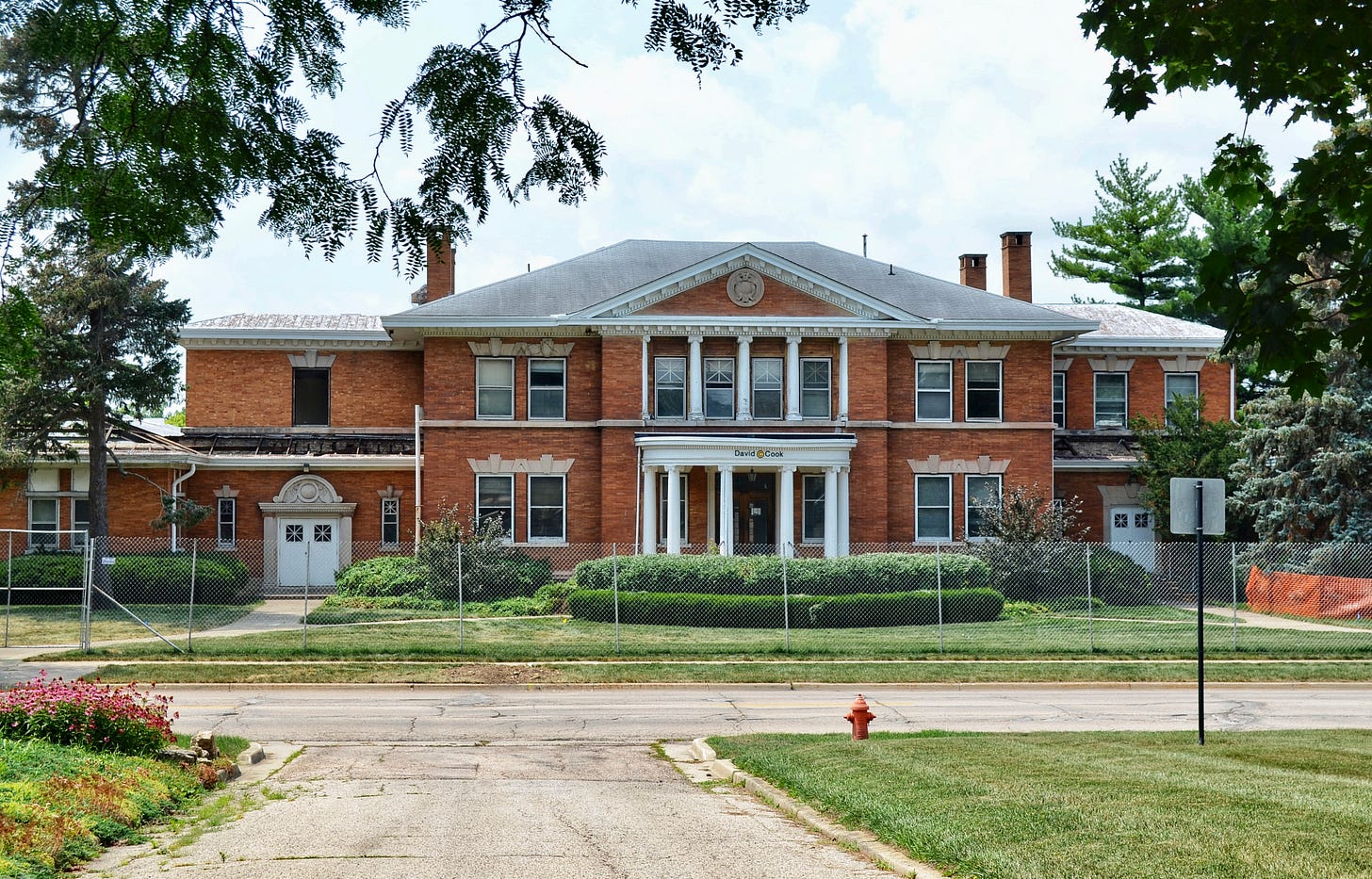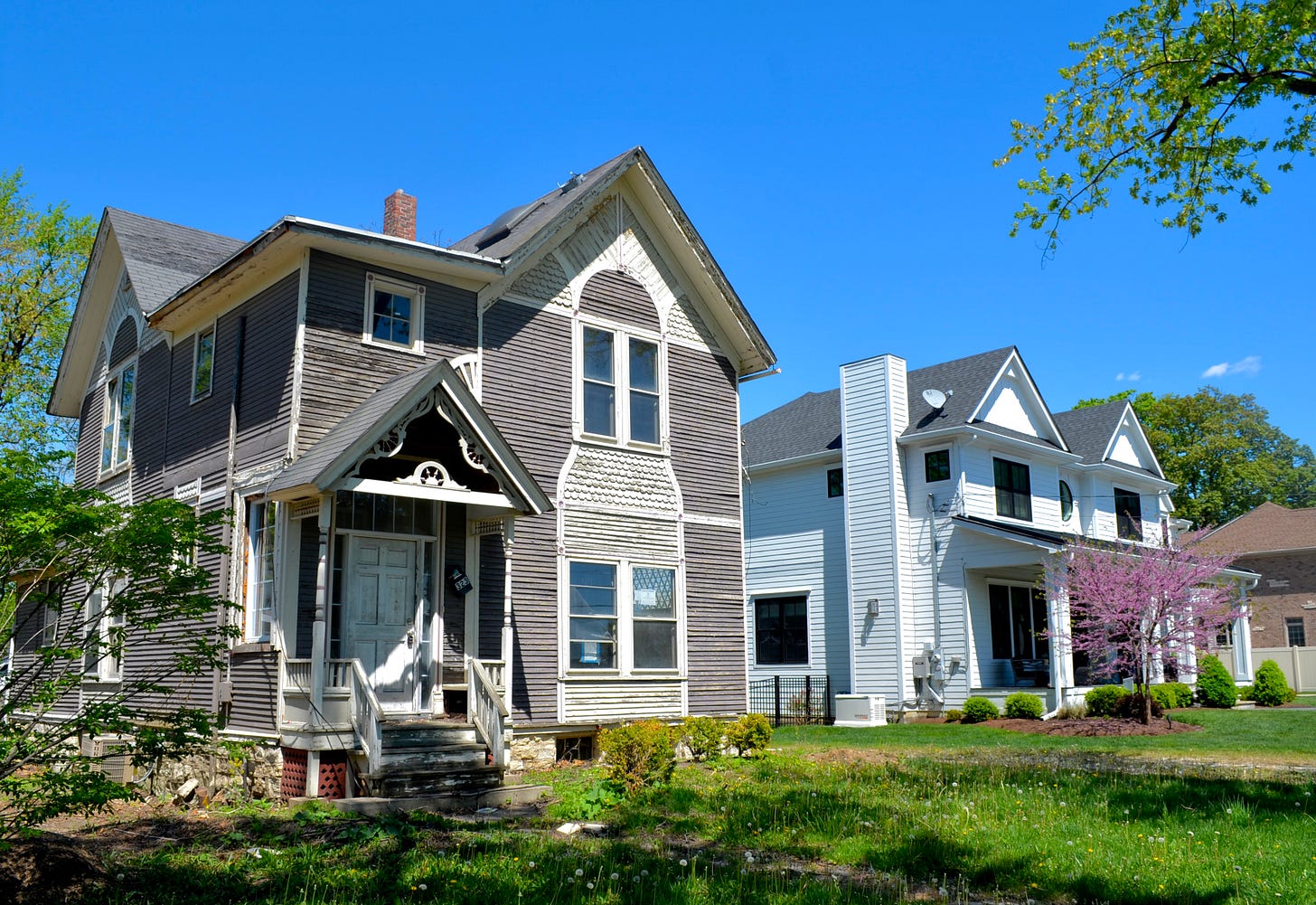Demolitions of 2021

Tons of beautiful limestone were thrown into a landfill for a future Amazon Fresh grocery store. Despite Chicago’s well-built environment and rich architectural history, the city continues to destroy itself. Back in the pre-pandemic days I would try to document as many buildings as I could before they met the wrecking ball. Today is different. I’m not at all surprised that I have just a handful of demolition-related photos taken in 2021. Maybe it’s partly staying home too much but I really think I’ve become pessimistic about the whole thing. There is just an unreasonable (and unnecessary) amount of demolitions with tons of historic materials ending up in landfills, whether it’s in some wealthy suburb like Hinsdale (which has literally been destroying its historic built environment for decades) or the city of Chicago.

I don’t want to go on a rant about the city and its preservation issues. Chicago loves to sell its architectural history to tourists but they keep trashing it at a more frequent rate than ever before, destroying buildings left and right for new development. Although there are demo delays after demo delays, it ultimately doesn’t save anything. The whole act just reminds you there are a lot of orange-rated buildings coming down. We needed to update the Chicago Historic Resources Survey like yesterday.

With the exception of a couple wins like the “La Luce” Building, the city’s significant structures just end up getting demolished anyway by the people who pray at the shrine of money. Preservation reform now! There is more to the city than a building by a famous architect or with an interesting story to tell. Our vernacular architecture is just as important. It’s sad to see a workers cottage or bungalow or three-flat torn down, no questions asked, usually for some mega-sized single-family home that looks like it belongs in some random suburb. I hardly recognize parts of the city anymore. But this isn’t just a Chicagoland problem - cities around the world are dealing with the same concerns. 2021 proved that climate change is here to stay and not something in the distant future. Even Britain’s top engineers are urging the government to stop demolitions - cement alone causes 8% of CO2 global emissions - and instead re-use buildings and recycling materials.
SCHOOLS
There were two educational buildings bordering the city of Chicago that were razed this past year. Originally constructed in 1927, Lincoln Junior High School in Skokie appeared to be solidly built and well-maintained but during the pandemic a new school was constructed next door, sealing the fate of the historic structure. The site became a parking lot. I find the whole thing to be so wasteful and shortsighted. How could a massive brick building like this one not be repurposed in some way? Apparently Skokie residents wanted to save the building - even a study showed that a retrofitting would have cost $10-15 million less than a new school - but the government and school district had made up their minds. You have to wonder if a well-connected contractor influenced Skokie officials, who picked money (and pavement) over their own community?
Money definitely played a role in the demolition of my alma mater, Mother Theodore Guerin High School, and its neighbor to the south Holy Cross High School. Located on nearly 25 acres at the corner of 80th and Belmont in River Grove right across from the city of Chicago, the two Catholic schools were constructed between 1960-62. My father and his brothers had graduated from the all-boys Holy Cross, which closed in 2004 with Guerin then becoming coed. During my high school days, I heard many stories and rumors about how greedy the Sisters of Providence could be so I wasn’t surprised to find out they took an offer they couldn’t refuse from a developer. The decision seemed selfish in more ways than one because it robbed 20,000 alums of walking down memory lane a final time due to the pandemic. They also lied to current students who were told the school was planning ahead for the future with new fine arts and computer science academies. Plus it was incredibly wasteful knowing the sisters had spent a lot of money on updating and soundproofing the building with brand new windows due to its closeness to O’Hare Airport. But that’s nothing compared to the $250 million development that will replace it - the future Avondale, which will consist of nearly 90 condominiums and townhomes.

Fulton Market
Earlier this year I wrote about the demolition of the ADM Mill in the ever-changing Fulton Market neighborhood. The historic complex with its picturesque concrete silos encapsulated everything about the area…or at least what it used to be. It would have been so cool to honor that history by adaptively reusing the structure, especially the silos, knowing that all over the country historic mills have been transformed into design hubs and mixed-use complexes like Silo City in Buffalo. Why can’t Chicago do the same? The city was once the grain capital of the world but you’d never know it now. And why? Pure laziness and greed on the part of developers who now rule this city. The distinctive structures that made Chicago what it was have been tossed away for ubiquitous glass towers. To quote a 2019 article from Curbed Chicago, Fulton Market has now become “a funhouse mirror version of its former self.”
What was even more disheartening to me was the demolition of an 1860s pre-fire Italianate at 116 North Willard Court, located 3 blocks outside the boundaries of the Fulton-Randolph Market district that was created back in 2015 to protect buildings such as this one. Not only did the residential structure witness the Great Chicago Fire of 1871, but it survived through a century and a half of a constantly changing city. The latest changes to Fulton Market was the final nail in the coffin. Sad that it was reduced to rubble in an instant. But we should all be grateful to people like Gabriel Michael who sounded the alarm and documented the building on social media.
Random Residences
This past year I wrote about the demolition of the historic Cook Building in Elgin but there are so many other structures, especially houses, that deserved as much attention and I feel bad I didn’t get around to them. Old homes across Chicagoland are demo’ed by random developers for a quick profit, replacing them with whatever is the latest HGTV trend (white farmhouse, multi-colored lego). The North Shore is obviously the epicenter of the tear down phenomenon but it’s a problem everywhere, including places like Wheaton and Oak Brook (I have some photos from these places at the very end). And of course Chicago, especially areas like Lincoln Park, continued to demolish its historic building stock at an alarming rate. When traveling through certain parts of the city as a first-time visitor, you’d think Chicago was founded in the early 2000s and not the 19th century.

Anyway, I don’t want to keep ranting and make you feel depressed on this first day of the new year. I’m just trying to bring attention to a problem that seems to grow worse every year. More and more historic buildings are slipping though the cracks. Will there be anything left if we don’t reform our preservation ordinances? There is always going to be someone who’ll say “I didn’t see you buy and the save the building so shut up about it.” Yes, I understand real estate is a business, and not a trip down memory lane. But you have to retain some historic character and charm. I mean, isn’t that why people visit Rome? Whenever I hear a developer make the excuse that a building has to be demolished because it is “collapsing” or has issues with “structural integrity,” I just think of Europe. Significant parts of Europe were bombed during WWII but they rebuilt it all because they cared about history and character, not money.










